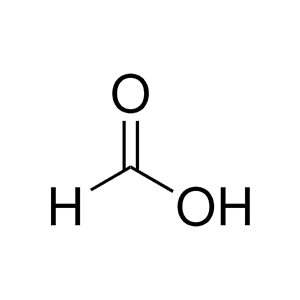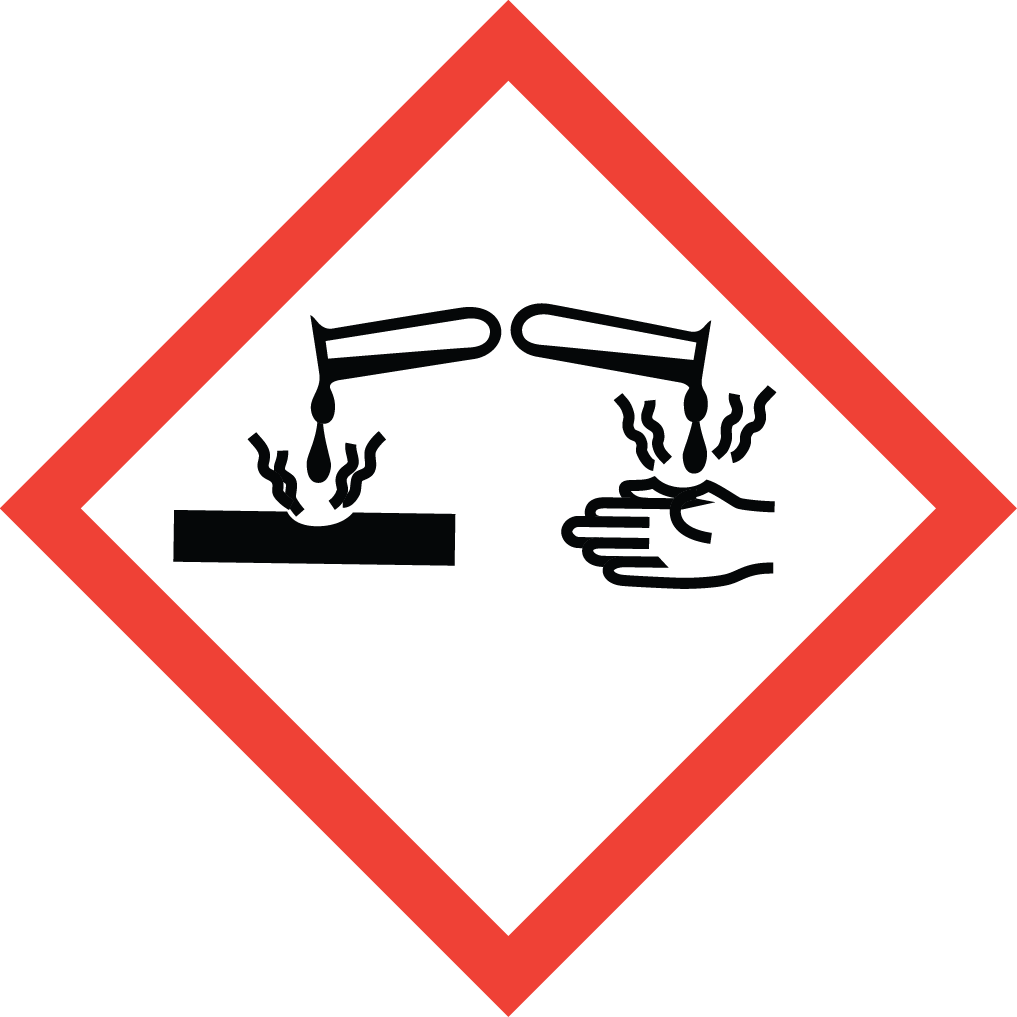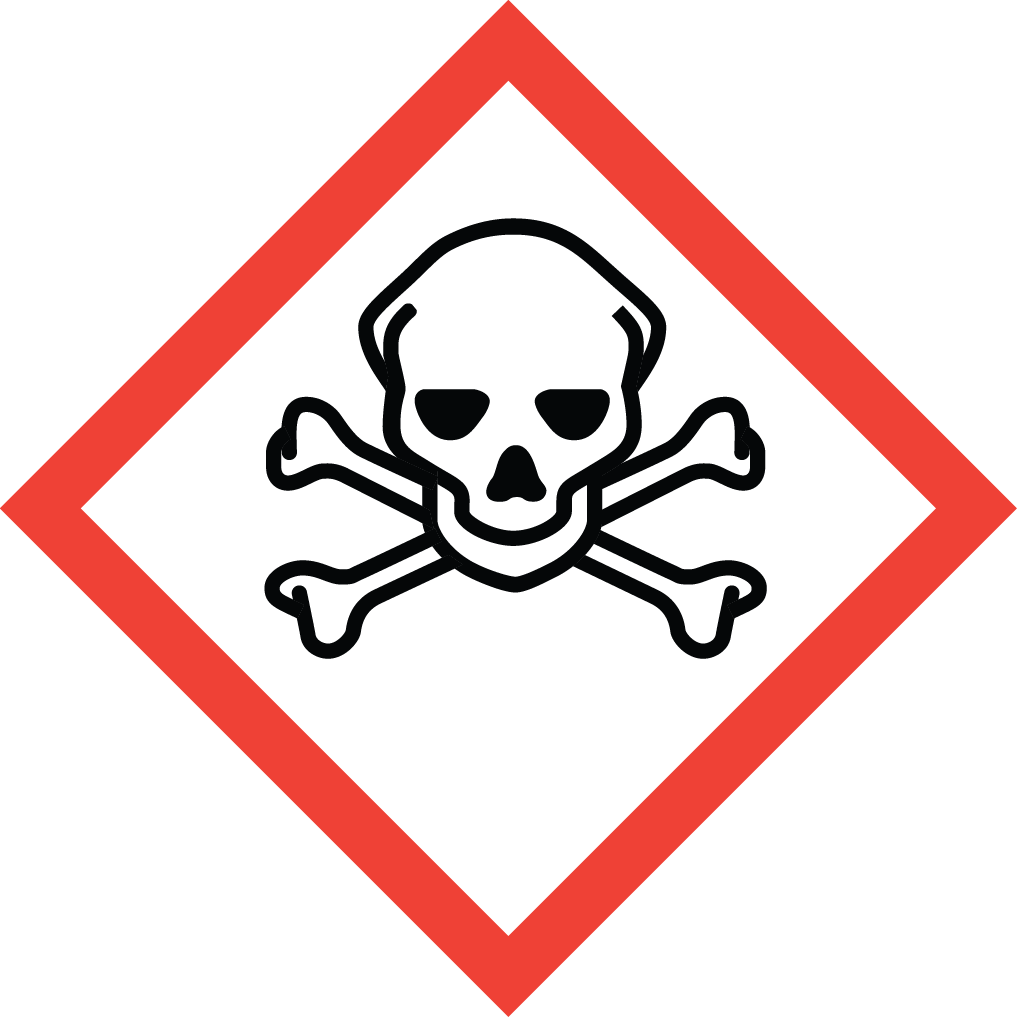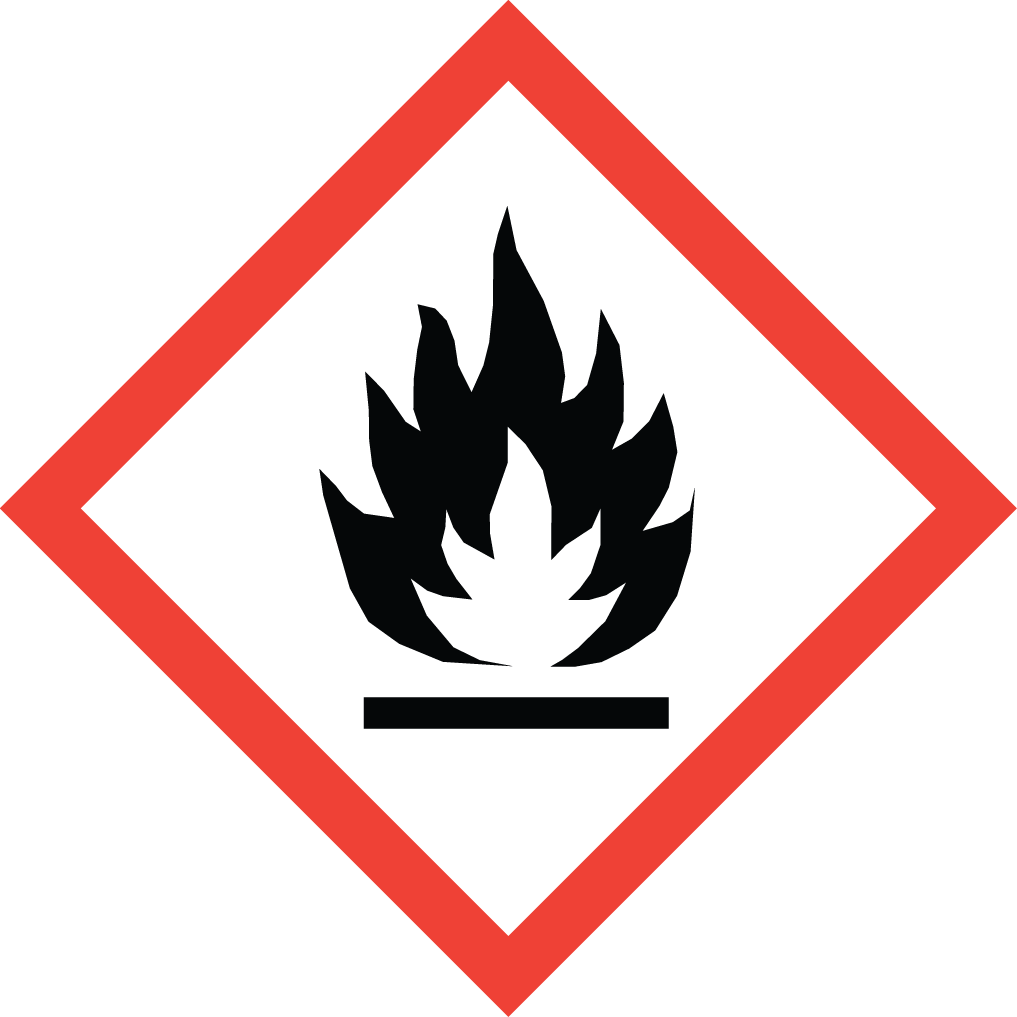Aure Chemical: Your Reliable Source for High-Purity Formic Acid (CAS 64-18-6)
Aure Chemical is a trusted global supplier of Formic Acid, systematically known as Methanoic Acid. As the simplest carboxylic acid, Formic Acid possesses a unique combination of properties that make it an indispensable compound across a broad spectrum of industrial and agricultural applications. Renowned for its strong reducing capabilities and antimicrobial properties, it serves as a crucial building block and additive in various sectors.
Basic Information of Acrylic Acid
Formic Acid (CAS No. 64-18-6) is produced to meet rigorous purity standards, ensuring exceptional quality and consistent performance for your specific industrial and commercial requirements:
| CAS No.: | 64-18-6 |
|---|
| EC No.: | 200-579-1 |
|---|
| Linear Formula: | HCOOH |
|---|
| Molecular Weight: | 46.03 |
|---|
| Appearance: | Transparent Liquid |
|---|
| Odor | Pungent, irritating odor |
|---|
| Melting Point: | 8.2-8.4 °C (lit.) |
|---|
| Boiling point | 100-101 °C (lit.) |
|---|
| Density: | 1.22 g/mL at 25 °C (lit.) |
|---|
| Solubility: | Miscible with water and many organic solvents. |
|---|
| Flash Point: | 133 °F |
|---|
| Purity: | Corrosive, flammable liquid. It also possesses mild reducing properties. |
|---|
| RIDADR: | UN 1779 8,3/PG 2 |
|---|
| Chemical Structure: |  |
|---|
Our commitment to delivering high-purity Formic Acid guarantees a reliable product essential for your diverse manufacturing processes.
Primary Applications of Formic Acid (Methanoic Acid)
Formic Acid's distinctive chemical structure, featuring both a carboxylic acid and an aldehyde-like group, underpins its wide-ranging utility:
Preservative in Animal Feed:
Formic Acid is widely used as a preservative and antibacterial agent in livestock feed and silage. It effectively inhibits the growth of harmful bacteria and fungi, preventing spoilage and retaining the nutritional value of feed, leading to improved animal health and productivity.
Leather Tanning and Textile Dyeing:
In the leather industry, Formic Acid is a crucial chemical for tanning, deliming, and dyeing processes. It acts as a leveling agent in dyeing, ensuring uniform color absorption, and as an acidifier in tanning to achieve desired leather properties.
Chemical Intermediate & Reducing Agent:
As a versatile chemical building block, Formic Acid is employed in the synthesis of various compounds, including:
Formate Esters: Used as solvents, plasticizers, and flavoring agents.
Pharmaceuticals: An intermediate in the production of certain drugs and pharmaceutical chemicals.
Pesticides: Used in the synthesis of some agricultural chemicals.
Rubber Production: Employed as a coagulant in the production of natural rubber latex.
Reducing Agent: Its unique structure allows it to act as a reducing agent in various organic reactions, for example, in the synthesis of organic chemicals.
Cleaning Agents & Descaling:
Formic Acid's acidic nature makes it effective in some cleaning formulations, particularly for descaling and rust removal, often used in industrial and household cleaning products.
Food Industry:
In certain regions, it is used as a food additive (E236) for its preservative properties, though less common than other acids like acetic or propionic acid.
Why Choose Aure Chemical for Your Formic Acid Supply?
Aure Chemical is dedicated to providing superior chemical solutions and unparalleled customer support. By partnering with us for your Formic Acid requirements, you benefit from:
Exceptional Purity: Our Formic Acid is manufactured to high purity standards, ensuring reliable and effective performance in your specific applications.
Reliable Global Supply: We maintain a robust and efficient supply chain, guaranteeing timely and secure delivery of this essential chemical to your facilities worldwide.
Expert Technical Support: Our team of experienced chemists and specialists is readily available to offer comprehensive guidance on product application, safe handling, and storage of Formic Acid.
Commitment to Quality & Safety: We adhere to the highest industry standards for quality management, safety, and environmental responsibility across all our operations.
Choose Aure Chemical for a trustworthy and dependable supply of high-quality Formic Acid. We are ready to support your most complex chemical endeavors.
Hazards Classification
GHS Classification: Corrosive (GHS05), Acute Toxicity (GHS06), Flammable Liquid (GHS02)
Hazard Statements: Causes severe skin burns and eye damage; toxic if inhaled; flammable liquid and vapor.
UN Number: UN 1779
Hazard Class: 8 (Corrosive Substances), 3 (Flammable Liquids)
Packing Group: II
 GHS05: Corrosive
GHS05: Corrosive GHS06: Acute Toxicity
GHS06: Acute Toxicity GHS02: Flammable
GHS02: Flammable
